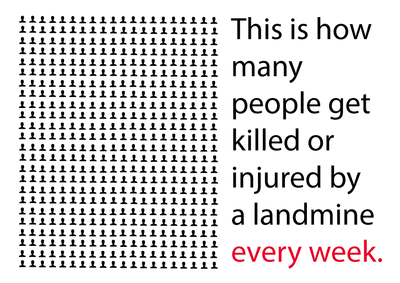Here’s the link to the site. You can click around to explore the different petitions and even create an account, but so far you can’t actually submit any forms or like or sign anything.
WeCott is a (prototype) website built by myself and three friends during the iCorruption hackathon a few weeks ago. We envisioned a platform of communities where people could participate in boycotts together – offering advice on alternatives, uploading photos of their boycott, and otherwise supporting each other. Not only would this make the process more fun and supportive, it also allows people and companies to see the effects of the boycott all in one place. You can see some more of our thoughts and designs in our presentation pitch.
These last two weeks, myself, Giovana, Alicia, and Wahyu have been brainstorming how to use this platform to talk about issues that we cared about. The first thing that we realized was that while boycotts could be very powerful as a general tool, it’s not often clear exactly what to boycott given a particular issue. Sometimes problems are so systemic (such as Ferguson) or involve things that we are unable to give up (such as our government). These types of problems may involve some more creative thinking about what could be done as an individual. Other problems fit well into the boycott mold. However, we acknowledged that often boycotts hurt people lower down the power ladder such as workers instead of the business leaders we want to target. At the end of the day, that is a tradeoff that we must make as individuals when voting with our money. Sometimes, whether we know it or not, we can be perpetuating or contributing to entities and problems that we do not support, just when we go to the grocery store!
Giovana and Wahyu both contributed a petition to WeCott – here and here. They can speak more about the specific issues they investigated and the thought processes they went through to create the petition.
I can talk a bit about the design of WeCott and also what else I envisioned but didn’t get to prototype. As you can see, there is a dollar amount that is associated with each petition that is supposed to collect all the money that people have pledged that they will divert. A bit about this – I felt that having a dollar amount would be a really powerful signal to companies. And while we can’t guarantee that people will stick to that, we have thought about ways to help people that pledge, such as sending notification emails, and to encourage people to be accountable, such as uploading photos or maybe checking in on a map to then gain points or badges. I can see other features such as news updates, goal setting, discussion boards, and local or map integrations that could help keep momentum going and provide local support. A lot of the initial design inspiration for WeCott came from both Change.org and Kickstarter. One member of the original team will be presenting WeCott again at the bigger iCorruption conference some time next week.
















